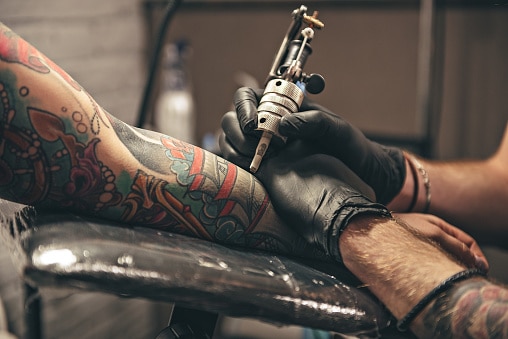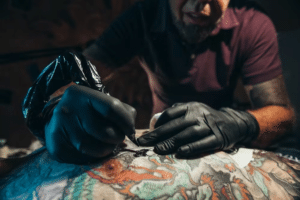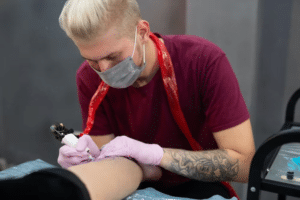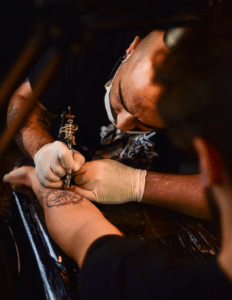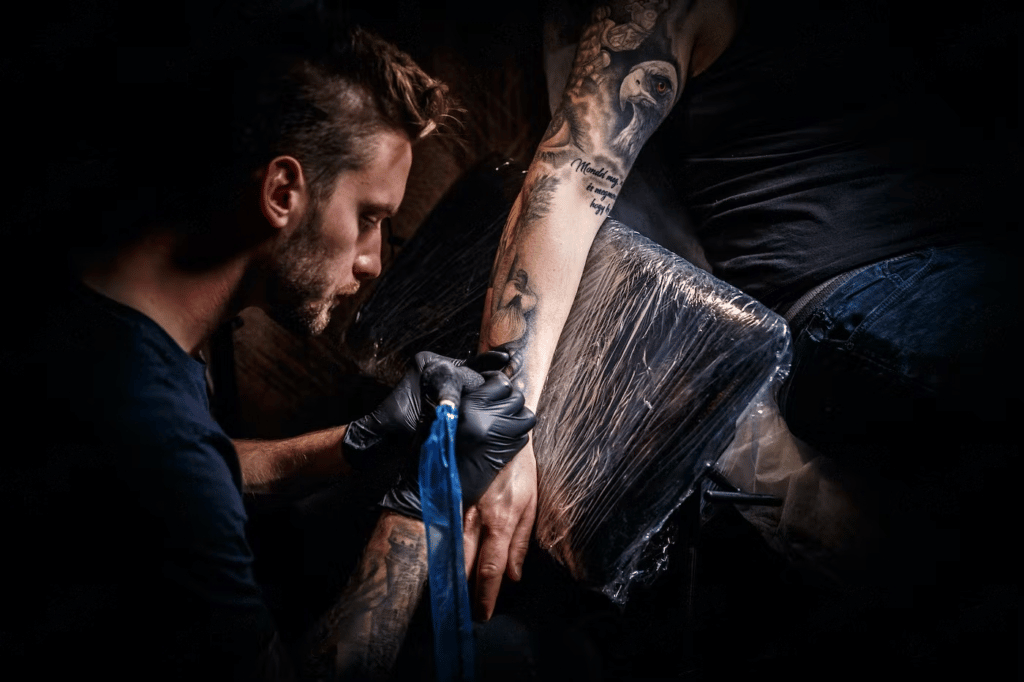
Why Cleaning Tattoos is Important
Tattoos are permanent and can be a source of embarrassment. Taking care of your tattoo is vital to stay intact and not cause any health-related issues.
It is important to wash your tattoo not just for hygiene purposes but also because they can cause infection if not properly cleaned.
Washing Your Tattoo
Tattoos are a great way to express one’s identity and personality. They also have the potential to be conversation starters. But when it comes to tattoo care, they can be pretty challenging to maintain. Tattoos are permanent, so it is important to take care of them. Many people fear using water on their tattoos because they fear the ink will run, but this is not true.
Luckily, there are some easy ways of cleaning your tattoo at home without the need for particular products or equipment. You must wash your tattoo for it to look its best. Here are steps on how to do that:
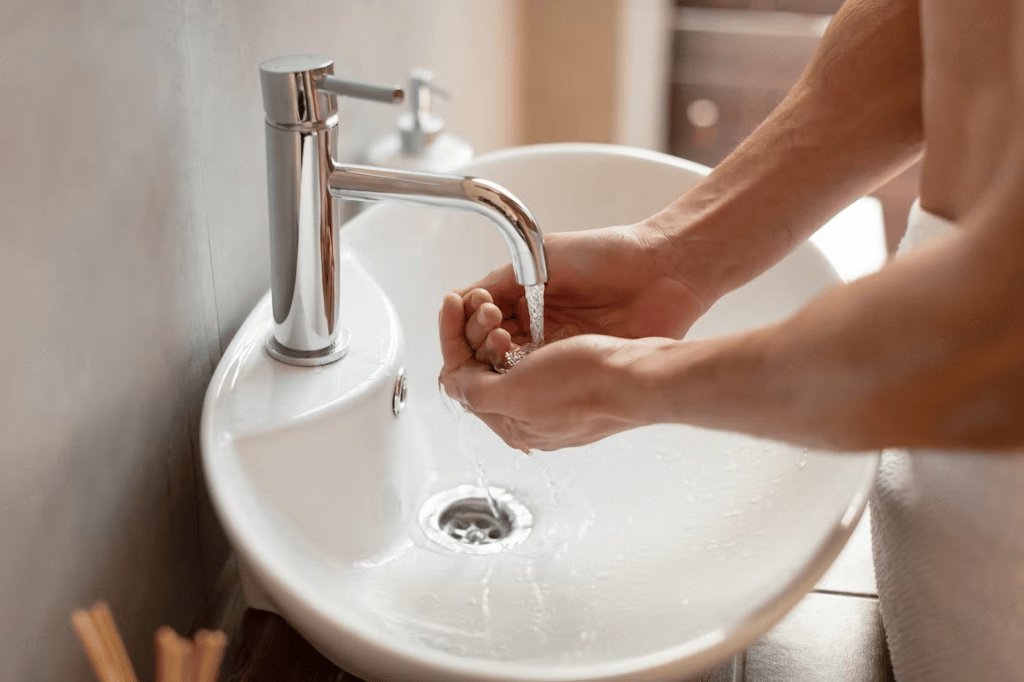
1.Wash Your Hands
Initially, the tattooed skin may feel warm to the touch and appear reddish. It is also possible for the colours to appear very bright against the rest of the skin. As the tattoo heals, the colour will fade. During the first weeks after getting a tattoo, a person should avoid submerging it in water, although light washing is recommended. The washing can be used throughout the first week as needed.
Activity levels and environmental factors will affect how often a person needs to wash. When you sit in an air-conditioned office all day, you may only need to wash your tattoo once daily. A person who works in a hot or dirty environment and sweats may need to wash their tattoo frequently.
To remove the ink from your skin, washing your hands thoroughly before and after tattooing is important. You may use an unscented antibacterial soap or any mild soap.
-Wet hands with warm water and soap.
-Gently scrub the area where the tattoo is located.
-Rinse off with cool water.
-Apply a cold compress for 15 minutes.
2. Wet the Area and Add Soap
Tattoos are permanent and can be a burden to remove. Once you have clean hands, you can clean a tattoo by soaking the area in water and adding soap.
Wet the Area: You should wet your tattoo with water before you scrubbing it. This will help you to remove any dirt, dead skin cells, or oil from the area.
Add Soap: You should add soap to the water. This will help you to get rid of any remaining dirt and oils on the skin without damaging it too much.
3. Rinse and Dry
After washing with soap and water, rinse and dry your tattoo immediately. This is the best way to remove ink, bacteria, and dirt from your tattoo.
You can use a clean towel, cloth, or paper towel to rinse and dry your tattoo. Ensure that your cloth isn’t made of harsh materials that may damage your skin. Do not drag the cloth when drying the skin. Instead, lightly dab only on the skin to dry the skin. Your tattoo has sensitive skin and is prone to infections if not treated with utmost care.
4. Apply Lotion
While some tattoo artists recommend waiting between 24 and 48 hours before applying moisturizer, others recommend applying it immediately after the first wash. It is important to follow the instructions of your tattoo artist when it comes to using moisturizer. The unscented lotion will moisturize the skin during the tattoo healing process to avoid dry skin.
Tattoo Aftercare: How to Treat Your Tattoo
Scabs can form a few days after surgery, and excess ink may still come up through the skin as it is an open wound. Picking or scratching the scab is not recommended. To avoid irritating the tattoo and prematurely removing any scabs that may have formed, wash the tattoo gently with clean fingers, not with a cloth or towel.
Generally, scabs do not indicate improper wound care. When the skin is injured, scabs form and signify that healthy tissue is forming beneath the wound, forming a new thin layer of a second skin. Under occlusion, antibiotic ointment or moisturizer can aid in wound healing. If any allergic reaction occurs, go to the doctor for medical advice. The sooner this is done, the better the healing and the less chance of scarring. It usually takes about a week for any redness or swelling to disappear.
Conclusion
The tattoo is a permanent part of you and needs to be cared for. It can be washed with water and soap, but it’s not recommended to use rubbing alcohol or other chemicals. You should also avoid scrubbing your skin too hard. If you don’t clean your tattoo, it can lead to infection, which might cause a breakout in the future. It can also lead to the colours fading away or, even worse, turning black. It’s important to know how to properly clean your tattoo before you decide to get one.
Was this article helpful? Let us know in the comments.
FAQs
How often should a tattoo be cleaned?
Tattoos are a great way to express yourself and be a physical reminder of significant events in your life. However, the ink can stain your skin and cause discomfort.
How often should you clean your tattoo? There is no one answer that applies to everyone. The frequency of cleaning depends on the person’s skin type and how often they get tattoos.
How do you tell if a tattoo is infected?
Infections in tattoos are caused by bacteria and are a common occurrence. There are different ways to tell if a tattoo is infected or not. Tattoo infections can be asymptomatic, meaning they do not cause any symptoms, or they may cause some symptoms, such as redness, swelling, pain, and warmth at the site of infection. There are many ways to tell if a tattoo is infected. Some of them include Fungal cultures and Gram stains.
What to avoid after getting a tattoo?
Tattoos are a form of expression, and as such, they should be treated with respect. Tattoos come with some risks and should be avoided after specific considerations.
After getting a tattoo, avoiding activities like swimming, sunbathing, and exercising for 48 hours is important. It is also important to avoid alcohol, hot tubs or jacuzzis. Also, avoid scrubbing your tattoo with harsh chemicals or abrasive sponges, and Applying ointments or creams on your tattoo during the healing process.

